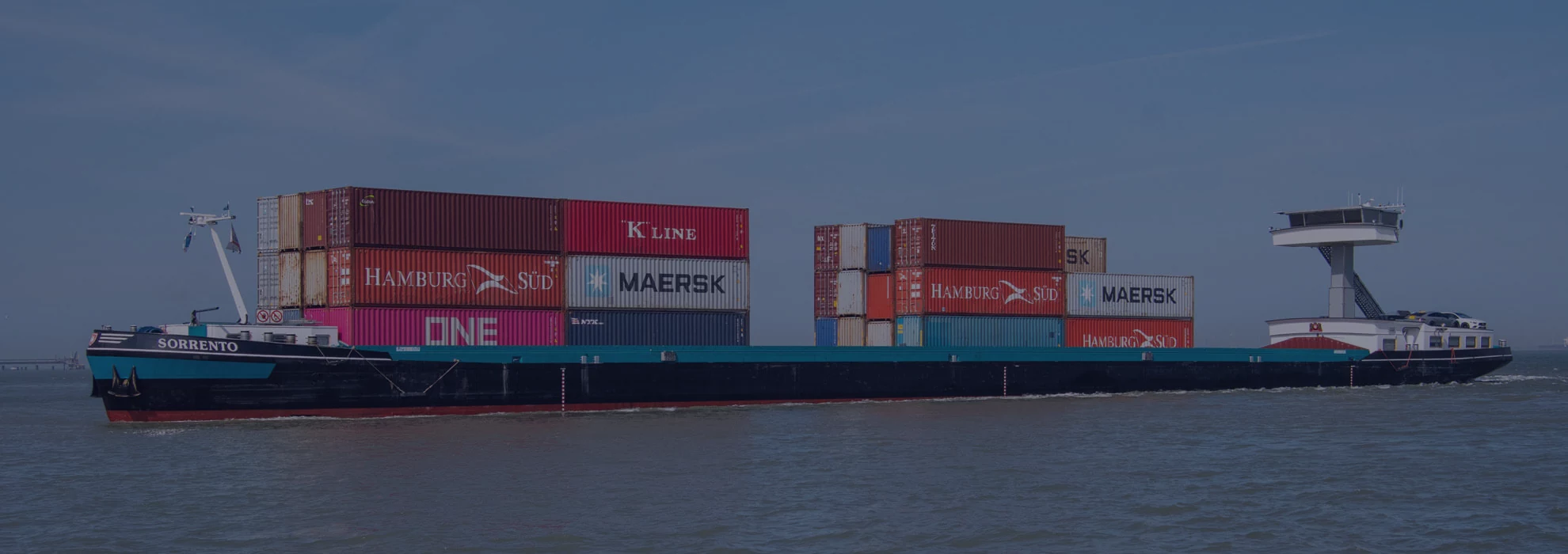
Event and Article
Comparison of Maritime Transport Systems in International Trade

International transportation is a key component of global trade, playing a vital role in the movement of goods between countries. Choosing the right transportation method can significantly impact the time, cost, and quality of trade. Two common methods in this regard are maritime and air transport, each with its own advantages and disadvantages. In this article, we will compare these two transportation systems.
1.Transport Speed
One of the main differences between sea and air transport is the speed of goods transfer.
- Air transport: It is the fastest method of international transport and is ideal for goods where delivery time is critical. The shipping time in this method is usually between a few hours to a few days.
- Sea transport: It has a slower speed, and the transfer of goods may take weeks. This method is suitable for goods where immediate delivery is not essential.
2. Costs:
Cost is one of the most important factors in choosing the transportation method.
- Air transport: It has higher costs due to fuel, airport fees, and weight and volume restrictions, which increase the price. This method is more commonly used for valuable and lightweight goods.
- Sea transport: It is more cost-effective and is preferred for transporting large volumes of goods with heavy weight. The lower costs of this method make it a suitable choice for less valuable goods.
3.Carrying Capacity
The carrying capacity of goods also shows significant differences.
- Air transport: It has limited capacity for carrying bulky and heavy goods. These limitations make this method more suitable for light and small items.
- Sea transport: It has a very high capacity and is suitable for transporting large volumes of goods. Cargo ships can carry thousands of tons of goods in one trip.
4.Environmental impact:
Environmental aspects are also important when choosing a transportation method.
- Air transport: It is one of the most polluting transportation methods due to high fuel consumption and the emission of greenhouse gases.
- Sea transport: Compared to air transport, it creates less pollution, but still has its own environmental impacts, particularly concerning oil spills and marine pollution.
5. Safety and Risk
The security of goods during transportation is also of great importance.
- Air transportation: It is a more secure option in terms of safety and minimizing damage to goods. Additionally, the likelihood of theft or damage is lower in this method.
- Sea transportation: It carries higher risks, especially for goods that may be affected by weather conditions or port delays.
6. Flexibility in route and destination:
- Air transportation: Due to the limited number of airports and air routes, it has less flexibility.
- Sea transportation: It has more flexibility and can access various ports around the world.
Conclusion
The choice between sea and air transport depends on the type of goods, budget, delivery time, and business priorities. If speed and security are more important, air transportation is the better option. However, for large and heavy goods that require lower costs, sea transport is a more suitable choice. A thorough assessment of needs and business characteristics can help make a better decision.
